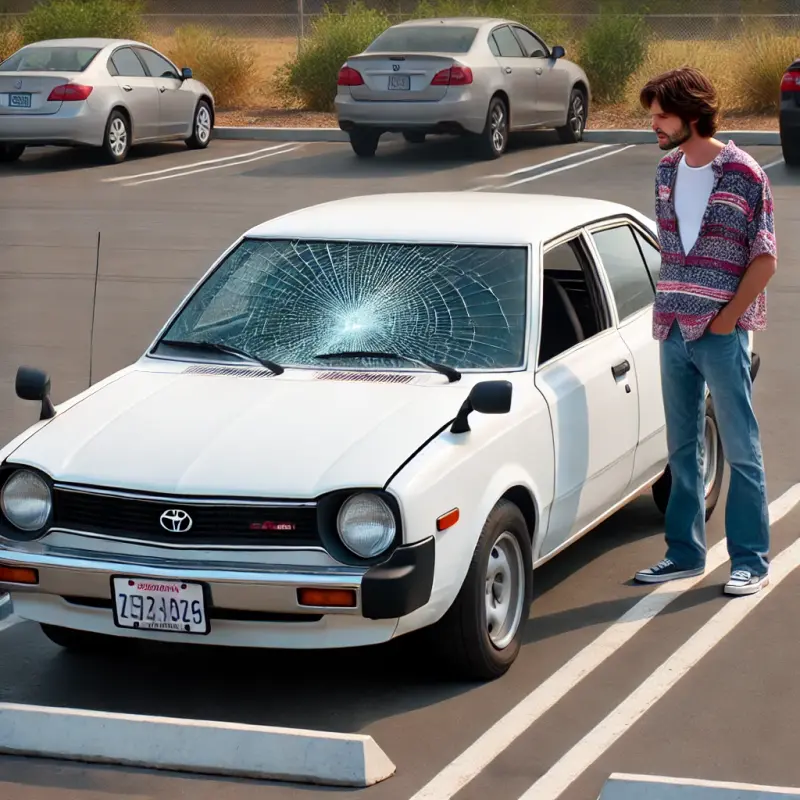Introduction
When it comes to vehicle safety, few components are as crucial as the windshield. Not only does it protect passengers from wind and debris, but it also plays a vital role in the structural integrity of your car. In recent years, the advent of advanced driver-assistance systems (ADAS) has added another layer of complexity to windshield replacement. This is where calibration comes into play. Understanding The Role of Calibration in Windshield Replacement: What You Should Know can help ensure that your vehicle remains safe and functional after a windshield replacement.

The Role of Calibration in Windshield Replacement: What You Should Know
Calibration refers to the process of adjusting and aligning various Brown Summit NC Auto Glass Replacement systems within a vehicle to ensure they operate correctly after parts have been replaced or repaired. In the context of windshield replacement, calibration is essential for any vehicles equipped with ADAS features, such as lane departure warnings or collision detection systems. Failing to calibrate these systems can lead to incorrect sensor readings, resulting in potentially dangerous situations on the road.
Understanding Windshield Technologies
What is Modern Auto Glass?
Modern auto glass is not just about clear visibility; it’s infused with cutting-edge technology to enhance driving safety. Advanced materials and coatings are now commonplace, providing benefits such as UV protection and heat resistance.
The Evolution of Windshields
In earlier models, windshields were primarily designed for visibility. Today's windshields incorporate numerous technological advancements that contribute significantly to vehicle safety.
Why Is Calibration Necessary?
Impact on Safety Features
Many modern vehicles come equipped with various safety features that rely on precise measurements from sensors located near or within the windshield. For instance:
- Adaptive Cruise Control: Uses radar sensors that need accurate alignment. Lane Keeping Assist: Relies on cameras that require proper positioning post-replacement.
Risk Factors Without Calibration
Failing to calibrate can lead to:
Malfunctioning safety systems Increased risk of accidents Invalidating warranties or insurance claimsTypes of Calibration Processes
Static Calibration
Static calibration typically occurs in a controlled environment where specialized equipment measures sensor alignments relative to fixed points on the vehicle.
Dynamic Calibration
Dynamic calibration involves taking the vehicle out on the road so that sensors can adjust based on real-world conditions. It often requires specific driving patterns and environmental conditions.
Preparing for Windshield Replacement
Choosing a Reputable Auto Glass Shop
Before replacing your windshield, ensure you select an experienced auto glass repair shop that understands the importance of calibration. Look for reviews and ask about their calibration processes.
Documentation Matters
Request documentation regarding both the replacement and calibration procedures performed on your vehicle's windshield.
Common Misconceptions About Calibration and Replacement
It's Only Necessary for High-End Vehicles?
One common misconception is that only luxury vehicles require calibration after windshield replacements. However, many mid-range vehicles come equipped with advanced technologies that necessitate calibration.
Calibration Is Too Complicated for Regular Shops?
While it's true that some shops may lack the necessary equipment, many certified auto glass shops are fully capable of performing both replacement and calibration effectively.
How Long Does Calibration Take?
The duration for calibration can vary widely depending on several factors:
- Type of vehicle Complexity of its ADAS features Whether static or dynamic methods are employed
Generally speaking, expect anywhere from 30 minutes to a few hours for comprehensive calibration processes.
Cost Implications of Calibration After Windshield Replacement
Is It Expensive?
While additional costs may be involved due to specialized machinery and skilled labor needed for calibration, the long-term benefits far outweigh immediate expenses when considering passenger safety.
FAQs About Windshield Replacement Calibration
What happens if I don’t calibrate my new windshield?- Not calibrating may cause ADAS features not to function properly, increasing accident risk.
- It’s recommended to wait until calibration is completed before driving, especially if ADAS features are present.
- If your vehicle has ADAS features like lane assist or adaptive cruise control, it will likely need recalibration post-replacement.
- Look for certifications indicating expertise in both auto glass replacement and sensor recalibration methods.
- Signs include warning lights related to ADAS features appearing post-replacement or erratic behavior from those systems while driving.
- Most policies do cover these costs; however, verify with your insurance provider beforehand to avoid surprises later on.
Conclusion
In summary, understanding The Role of Calibration in Windshield Replacement: What You Should Know is essential not only for maintaining your vehicle's functionality but also for ensuring passenger safety on the road. From comprehending modern auto glass technologies to recognizing the necessity for thorough calibration processes post-replacement, being informed allows you to make better decisions regarding your automotive care. Always consult professionals who prioritize both quality auto glass replacement and meticulous sensor recalibration procedures—after all, nothing is more important than getting safely back behind the wheel!